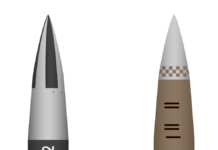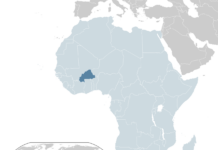Yesterday, the United States solidified a comprehensive arms deal with Turkey, initiating the sale of F-16 fighter jets. This pivotal move in international defense strategy marks the end of complex negotiations that balance global military alliances and geopolitics.
The $23 billion deal involves supplying 40 new F-16s from Lockheed Martin and updating 79 jets in Turkey’s fleet. This decision follows Turkey’s crucial approval of Sweden’s NATO membership, illustrating the interconnection between NATO dynamics and major defense agreements. Turkey’s strategic role within NATO, especially after being removed from the F-35 program due to its acquisition of Russia’s S-400 missile system, is at the forefront of this agreement.
The U.S. Congress, which exerts influence over international arms sales, initially raised concerns about the deal. These apprehensions were based on Turkey’s human rights record and its approach to international conflicts, including the crisis in Ukraine. However, recognizing Turkey’s strategic importance in NATO, congressional leaders ultimately chose not to halt the transaction.
Turkey’s position as a pivotal military power in the Eastern Mediterranean and Middle East regions is reinforced by this deal. The F-16 sale aims to enhance Turkey’s defense capabilities, playing a crucial role in NATO’s operational strategy amidst evolving security challenges in Europe.
The deal is expected to recalibrate military relationships in the region, especially with Greece, given their historically complex relations. The improved capabilities of Turkey’s air force are essential for NATO’s strategic planning, considering the changing security landscape.
The U.S.’s decision to proceed with the F-16 sale to Turkey reflects the multifaceted aspects of defense diplomacy. Balancing NATO commitments, regional security considerations, and internal political factors, this deal represents a critical moment in the current global security environment. The future impacts of this agreement on Turkey’s military strength and NATO’s strategic direction will be key factors to monitor in this evolving scenario.
Image is in the public domain.








